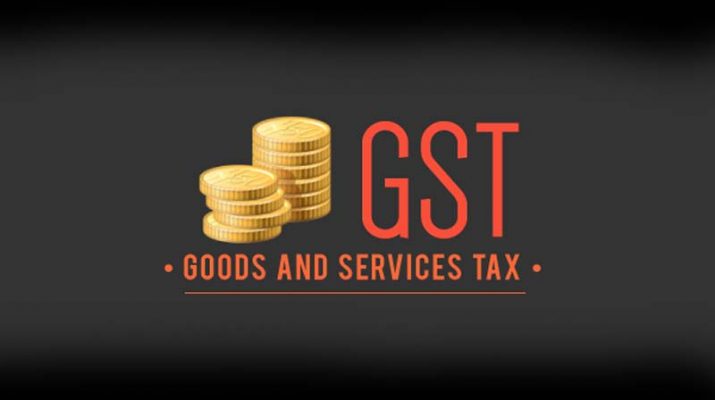With the implementation of GST in India, businesses have changed the way they bill their customers. For calculating tax under the GST regime, you will have to understand the tax slabs for goods or services in India. Five different tax slabs have been formed by the GST council in India. These are zero per cent, 5 per cent, 12 per cent, 18 per cent and 28 per cent. These are applicable for both goods and services.
Knowing how to calculate GST is very important, especially if you are a business owner. It can also be useful for other people in their day to day life. Students need to learn how to calculate GST at primary and high school levels and even at university level if studying business or accounting. Many business owners prefer using some online GST calculator for calculating GST. While you can always use an online GST calculator to calculate GST for your goods and services, learning a few things about GST calculation may help you in the long run. This article shows you how you can calculate GST. Here are the things you are going to need to calculate GST:
- Period of time (months) for which GST calculation needs to be done
- Due date of filing return for the month
- The actual date of filing the return
- Your total tax liability during the month
- Your purchases attracting Reverse Charge Mechanism
- Input Tax Credit (ITC)
Let us now look at the steps we need to take to calculate GST:
-
Find the applicable GST rate for the Goods or Service
The initial step in the process of GST calculations to find GST rate applicable for the Goods or Services.
-
Figure out the type of GST applicable
Having determined the GST rate, you will need to figure out which GST type will be applicable to the Goods or Services. The types of GST are IGST, CGST and SGST.
-
Find out whether the GST is chargeable on Reverse Charge Basis
Usually, under GST, the supplier of the Goods or Services collects tax from the recipient and remits them with the Government. However, for reverse charge services, the recipient has to pay the GST. Therefore, it is important to understand if the transaction includes reverse charge under GST.
-
Find out whether the supplier is enrolled under GST Composition Scheme
Usually, to be GST compliant the supplier has to maintain extensive accounts, records and file 3 GST filing a month. However, many small and medium-sized businesses in India find GST compliance tough and look for a simpler method. Businesses with a turnover of less than Rs.75 lakhs have the option to enroll under the GST Composition Scheme. They can then simply pay a flat GST based on their gross turnover. Suppliers who are enrolled under GST composition scheme mention on their invoice that they are composition Suppliers and are not eligible to collect taxes. This makes it really important to know whether the supplier is enrolled under GST Composition Scheme or not.
We hope you found this post useful and informative. If you have any queries or suggestions related to this post, please drop your comments in the comment section below. We would be glad to help you out. To show your support, share this post with your friends on Social media and elsewhere.
Thank you very much for reading!


